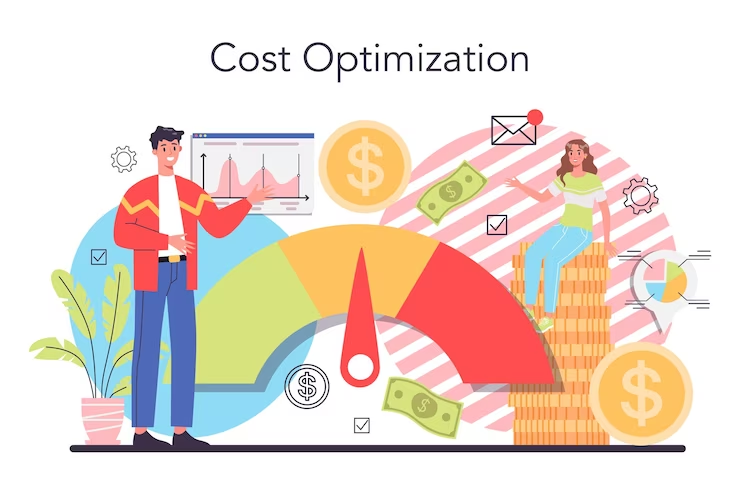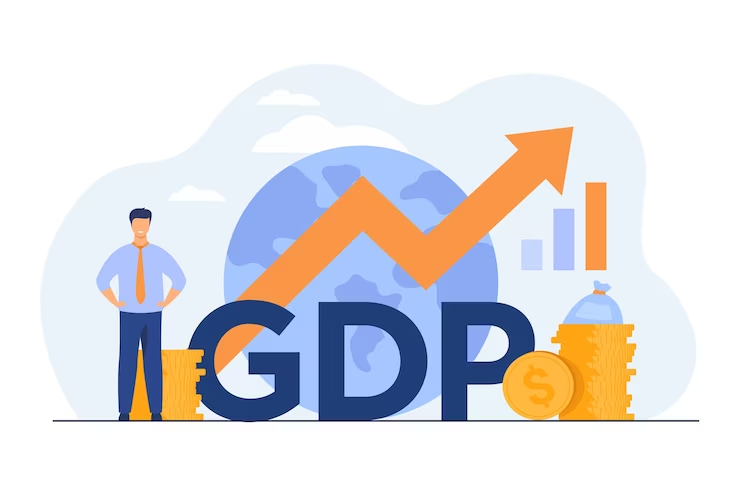In today’s digital era, businesses are increasingly relying on cloud infrastructure to efficiently meet their computing needs. Google Cloud Platform (GCP) emerges as a prominent player in the market, offering a wide range of services and resources. However, managing costs becomes crucial when organizations scale their operations on GCP. This article delves into the significance of GCP cost optimization and its profound impact on a business’s bottom line. Furthermore, it explores specific strategies, best practices, and real-world examples showcasing successful GCP cost optimization while maintaining high-performance levels.

Introduction to GCP Cost Optimization
As businesses experience growth, their utilization of cloud services may quickly become unmanageable, resulting in substantial increases in costs. To resolve this issue, optimizing GCP expenses entails implementing strategic approaches and techniques that streamline expenditures while maintaining optimal performance and functionality. By carefully adjusting resource allocation and making informed decisions, organizations can effectively diminish their spending on GCP services.
Advantages of Optimizing Your GCP Costs
Optimizing GCP costs offers several compelling advantages. First and foremost, it enables businesses to maximize their return on investment (ROI) from cloud services. By identifying areas of inefficiency and eliminating unnecessary expenses, companies can redirect their budget toward innovation and growth.
Moreover, GCP cost optimization best practises foster financial predictability. In addition to the specific strategies and best practices mentioned earlier, there are also powerful GCP cost optimization tool available to businesses. When cloud expenses are optimized and well-managed, organizations can accurately forecast their IT budget, preventing budget overruns and unforeseen costs.
Specific Strategies for Reducing Costs on GCP
1. Rightsizing Virtual Machines (VMs)
One of the most effective cost optimization strategies on GCP is rightsizing VMs. Frequently, organizations provision VMs with more resources than they actually need. By analyzing usage patterns and adjusting VM sizes accordingly, businesses can avoid overpaying for unused resources.
2. Utilizing Committed Use Discounts
GCP provides significant cost benefits through committed use discounts. By committing to a specific instance usage over a term (e.g., one or three years), businesses can avail substantial discounts, resulting in significant savings.
3. Adopting Serverless Architecture
Serverless computing allows organizations to pay only for the actual execution time of their applications. By moving to a serverless architecture, businesses can reduce costs by eliminating the need to maintain and manage servers continuously.
4. Implementing Autoscaling
Autoscaling enables cloud resources to adapt dynamically in response to real-time demand. By automatically adjusting resource allocation as necessary, businesses can enhance performance while minimizing unnecessary expenditures during periods of low usage.
5. Leveraging Managed Services
GCP offers a range of managed services that handle essential administrative tasks. These services include database management and security, effectively reducing the need for dedicated personnel. By utilizing these services, businesses can benefit from cost savings and improved operational efficiency.
Best Practices for Maintaining Performance While Reducing Costs
1. Regular Monitoring and Analysis
Continuous monitoring and analysis of cloud usage patterns hold significant importance in optimizing costs effectively. Businesses must diligently track resource utilization, identify emerging trends, and make informed decisions based on data to streamline their cloud expenses.
2. Implementing Tagging
When resources are organized using tags, it becomes easier to track and allocate costs. Businesses can assign expenses to specific projects or departments by utilizing tags, which greatly aids in optimizing costs.
3. Training and Awareness
Employees involved in cloud management should receive adequate training on cost optimization best practices. Creating awareness about the impact of cost-saving measures and the importance of responsible resource usage can lead to a culture of cost-consciousness within the organization.
4. Regular Review of Reserved Instances
As cloud usage patterns change over time, regularly reviewing and adjusting reserved instances is crucial. This ensures that businesses are not locked into instances that are no longer cost-effective.

Final thoughts
Optimizing GCP costs is a critical aspect of effective cloud management that greatly impacts a business’s financial well-being. By implementing specific strategies, following best practices, and embracing data-driven approaches, organizations can reduce their GCP spending without sacrificing performance. The integration of a GCP cost optimization tool offers a streamlined and simplified process for managing costs. Cultivating a cost-conscious culture within the organization and regularly monitoring cloud usage are essential steps to ensure continuous cost optimization. Through proactive measures, businesses can unlock the true potential of GCP while maintaining an optimal balance between cost-effectiveness and high-performance cloud infrastructure. And don’t forget to include Finout in your toolbox of cost management tools.
Optimizing GCP costs is an ongoing process that demands consistent effort and adaptability. By staying updated on the latest opportunities to save costs and fostering a culture of optimization, businesses can successfully navigate the complexities of cloud expenses. This, in turn, propels their digital transformation journey forward.











